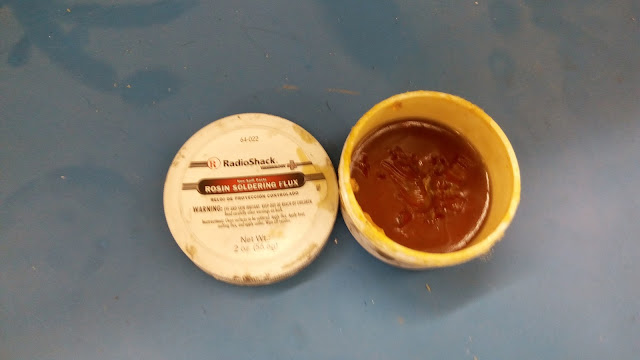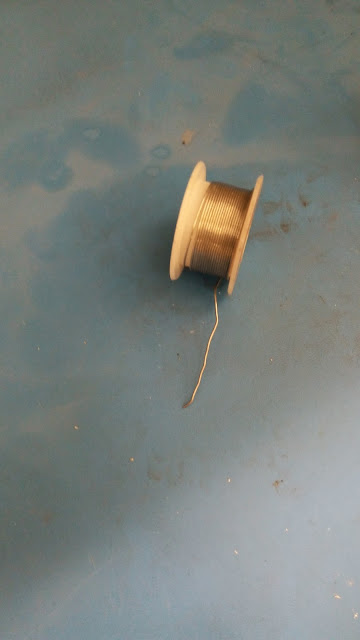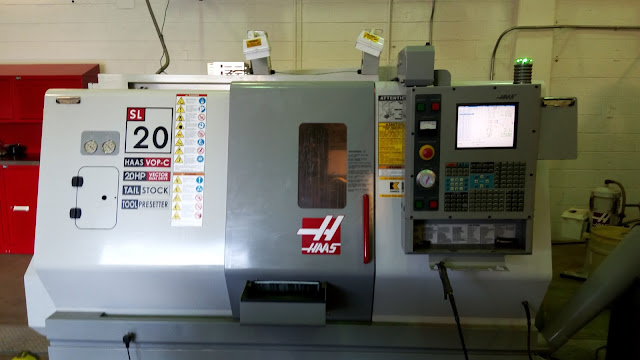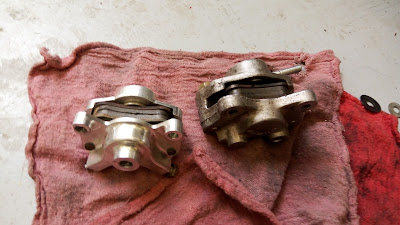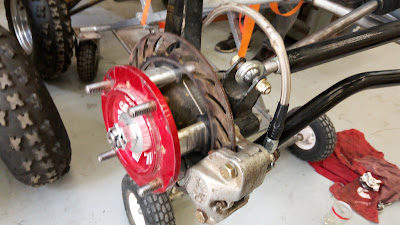Week 10
After coming back from the competition, Josh and Coleman informed me that the first competition in Tennessee was disappointing, as the brakes on the car failed to pass inspection, so the team couldn't participate in the five events.
However, the team did perform very well on the presentations to the judges, and can only improve from here. Hopefully, they'll perform better in the next two competitions in May and June.
Although it is disappointing to have no practical evidence from the actual endurance races, this senior research project was a new and exciting experience for me, and I'd like to thank everyone who made it possible.



